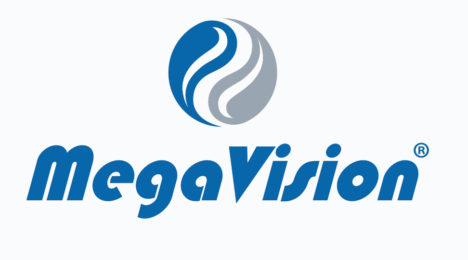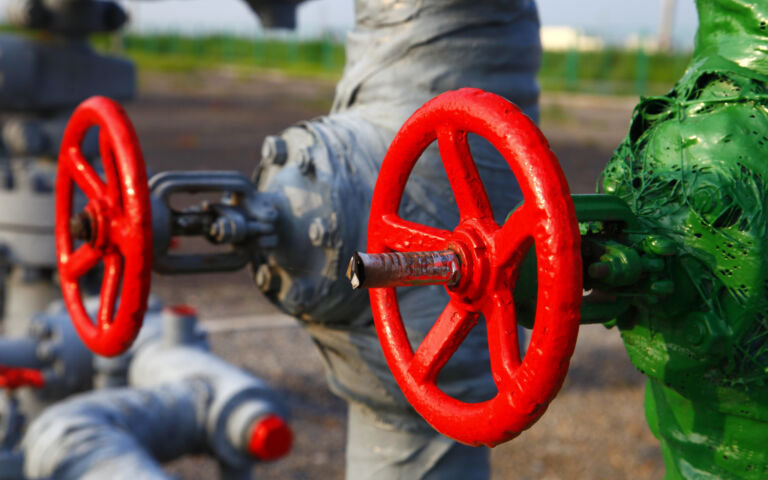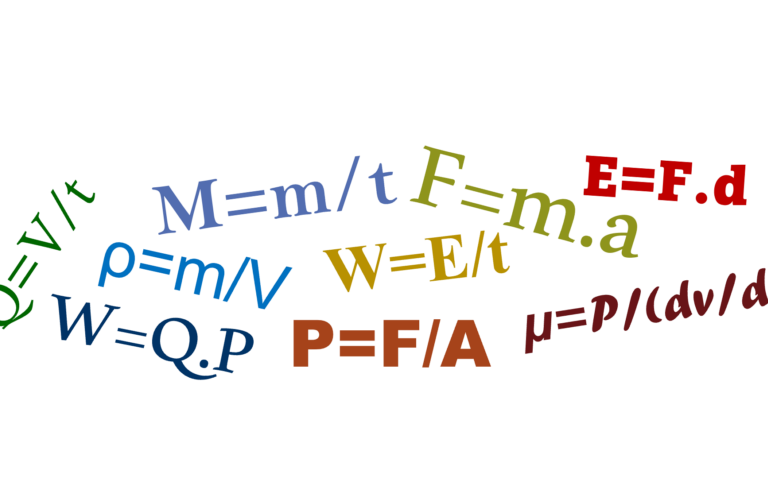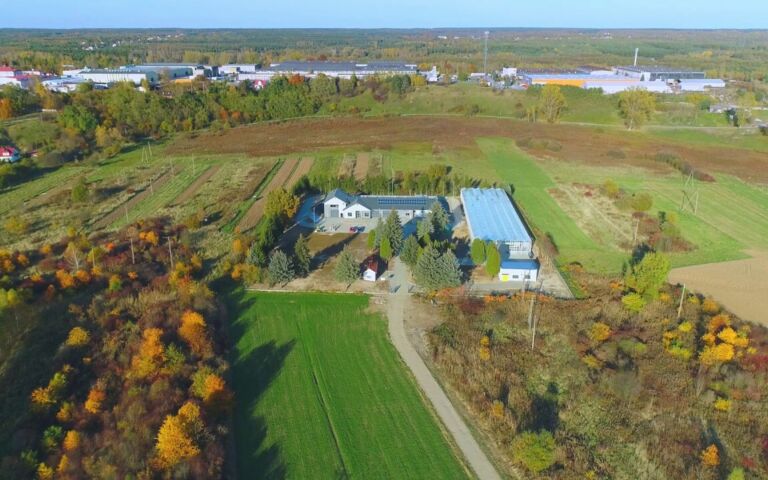MBRs − a global picture

Simon Judd
Simon Judd is author of The MBR Book (Elsevier, 2010). Note: this feature was written in June 2010. For the latest list of largest plants see: Largest membrane bioreactor plants (over 100 MLD) – Worldwide
1. Introduction
Membrane bioreactors (MBRs) are growing both in size and number, reflecting a growing confidence in the technology. The number of MBR membrane module products is currently increasing by 3−5 a year, and the market itself is growing exponentially at a rate between 11.5 and 13%.
| Project | Technology | Date | PDF MLD |
|---|---|---|---|
PDF: Peak daily flow | |||
| Shendinghe, China | BOW | 2010 | 120 |
| Wenyuhe, China | Asahi K/BOW | 2007 | 100 |
| Johns Creek, GA | GE Zenon | 2009 | 94 |
| Beixiaohe, China | Siemens | 2008 | 78 |
| Al Ansab, Muscat, Oman | Kubota | 2010 | 78 |
| Peoria, AZ | GE Zenon | 2008 | 76 |
| Cleveland Bay, Australia | GE Zenon | 2007 | 75 |
| Sabadell, Spain | Kubota | 2009 | 55 |
| San Pedro del Pinatar, Spain | GE Zenon | 2007 | 48 |
| Syndial, Italy | GE Zenon | 2005 | 47 |
| Broad Run WRF, VA | GE Zenon | 2008 | 47 |
| Beijing Miyun, China | MRE | 2006 | 45 |
| NordKanal, Germany | GE Zenon | 2004 | 45 |
| Tempe Kyrene, AZ | GE Zenon | 2006 | 44 |
| Brescia, Italy | GE Zenon | 2002 | 42 |
| Traverse City, MI | GE Zenon | 2004 | 39 |
| Linwood, GA | GE Zenon | 2007 | 38 |
| North Kent Sewer Authority, MI | GE Zenon | 2008 | 35 |
| Jinqiao Power, China | GE Zenon | 2006 | 31 |
| Dubai Sports City, UAE | GE Zenon | 2009 | 30 |
Whereas in the past MBRs may have been disregarded in favour of conventional treatment plants, it is now the case that for applications where footprint is limited and a high product water quality is demanded − and for reuse in particular − the MBR is the technology of choice. However, notwithstanding generally the high global growth rates, regional implementation varies significantly.
Uptake is led by the Far East, with Japan having over 3800 installations, albeit generally small, and China having the two largest MBR plants (Table 1) with an installed capacity which has increased by ~100% each year for the past 4−5 years. Other global regions, principally the USA and Western Europe, have embraced MBR technology since the advent of the immersed configuration in the 1990s, whereas the particular challenges presented in other countries such as, for example, India and Malaysia have resulted in little or no take-up to date.
2. Legislation
Legislation exerts the arguably the greatest influence on the global MBR market, and particularly so in the municipal sector. Legislation determines the discharge water quality standards, and so influences the choice of water and wastewater treatment technology for meeting statutory requirements. Of critical importance, therefore, is the extent to which existing assets are able to deliver treated water to the quality demanded by newly promulgated legislation − as well as the capacity of the regulators to enforce it.
In the EU, pertinent legislation is manifested as a series of acts relating to water and wastewater. Whilst these acts serve to provide Europe-wide standards, individual countries are able to interpret the directives and determine their implementation plans within the framework provided. As a result, some countries appear to have implemented the laws more fully than others, with MBRs being identified as the best available technology for meeting statutory treated water quality requirements. However, even without legislation, local water resourcing problems alone can provide sufficient motivation for recycling in water stressed EU countries such as Cyprus, Italy, Malta and Spain.
3. Cost
MBRs tend to be more costly and energy intensive than conventional processes, despite the significant near-exponential decrease in membrane costs over the course of the 1990s. Because of this and the perceived novelty of the technology, reflected in a paucity of extensive reference data needed to support investment decisions, there has in the past been some reluctance to invest in the process in some areas.
However, the maturing of the immersed technology − now 20 years old − and the much wider knowledge of the process, in particular the key aspects of energy optimisation and process failure risk, has promoted greater confidence in the technology and subsequently greater willingness to invest in ever larger plant (Table 1). Moreover, both the generally lower production costs achievable in the highly industrialised Far Eastern countries of China and Korea and growing evidence of achievable membrane lifetimes exceeding 10 years make it likely that membrane costs will continue to decrease.
MBRs are also becoming more energetically efficient, as new products materialise and means of operating existing plant at lower energy demands are devised. Indeed, provided a long membrane life can be assumed, the costs of installing and running MBRs can be comparable with those of conventional treatment plants on a whole-life basis, with the added benefit of improved effluent quality.
4. Environmental impact
Many of the environmental impact aspects of the MBR technology relate either to cost or plant size. The most significant operating cost components are energy demand, membrane replacement and waste (primarily sludge) management. The nature of biological processes generally is that a reduction in the sludge generated demands an increase in the energy input. For an MBR the reduction in sludge generated can be accompanied by a reduction in plant size. There is thus a trade-off between embedded and generated carbon which is greatly affected by the sludge management component.
However, notwithstanding these energy-related issues, a key facet of MBRs providing a favourable environmental impact is the consistently high product water quality.
MBRs are capable of the quantitative removal of suspended solids and pathogenic microorganisms from municipal efflunents, and very significant removal of ammonia. The capability for disinfection has led to the wide-scale implementation of the technology at coastal sites around Europe to achieve compliance with the EU Bathing Water Directive. The ability of the process to provide a product water which can be fed into a reverse osmosis (RO) plant with no further processing required has also influenced its uptake; either indirect potable reuse (IPR) by, for example, aquifer recharge or direct reuse by industrial processes and/or utilities generally demands RO treatment. On the other hand, MBRs do not generally offer significant (i.e. an order of magnitude or more) improvements in process efficacy over that of conventional processes for the removal of low-concentration priority substances.
The physically smaller size of the MBR plant compared with technologies conventionally employed for effluent treatment becomes important in areas where (a) unit land costs are high and increasing at a rate greater than that of the general price index, (b) space on site is limited, and (c) legal restrictions have been imposed on the permitted visual impact of the plant. The latter has led to the housing of MBRs in buildings quite unlike those normally associated with municipal wastewater treatment (Figure 1). The option of being able to limit the obtrusiveness of the plant has directly influenced the decision to implement the technology at a number of sites worldwide, as well as in the retrofitting to existing plants.
5. Public acceptance
A key aspect governing the take-up of MBRs is the acceptance of the technology by the various stakeholders, including the public, the politicians and decision-makers within the procuring organisation. The most contentious perception issue directly impacting on the uptake of MBR technology is that of the extensively discussed one of wastewater reuse. Despite the very persuasive technical perspective endorsing the direct reuse of municipal wastewater for potable water supply in water scarce or water stressed regions, only one such 'toilet to tap' plant currently exists in the world − the New Goreangab Reclamation Plant at Windhoek in Namibia, commissioned in 2002.
This plant, which doesn’t employ MBR technology but instead uses ultrafiltration, has 12−13 individual process steps all designed to provide fail-safe drinking water quality from a treated sewage feed. Whilst technically the process may be considered over-engineered, the human dimension demands this multi-barrier approach to wastewater recovery for potable use, with extremely rigorous operation and maintenance protocols in place to ensure appropriate final product water quality.
The future of MBRs as a technology providing high quality product water at a reduced footprint appears assured, driven by increasing freshwater scarcity and the commensurate drive to reuse wastewater. The commercial significance of the technology is manifested in a double-digit growth rate globally (and an implementation growth rate of close to 100% p.a. in China), an increased product range, and marginally decreasing capital costs (in part due to increased competition) and operating costs (primarily due to improved energy efficiency).
Notwithstanding this, the more widespread adoption of the technology as the preferred process over competing technologies for municipal wastewater treatment generally is constrained by capital and operating costs, which remain higher than those of competing processes, and relative process complexity and reliability. Time will tell whether a combination of technical advances and the inexorable increase in the demand for ever higher treated water quality can sustain, or even increase, the growth in the MBR market.









